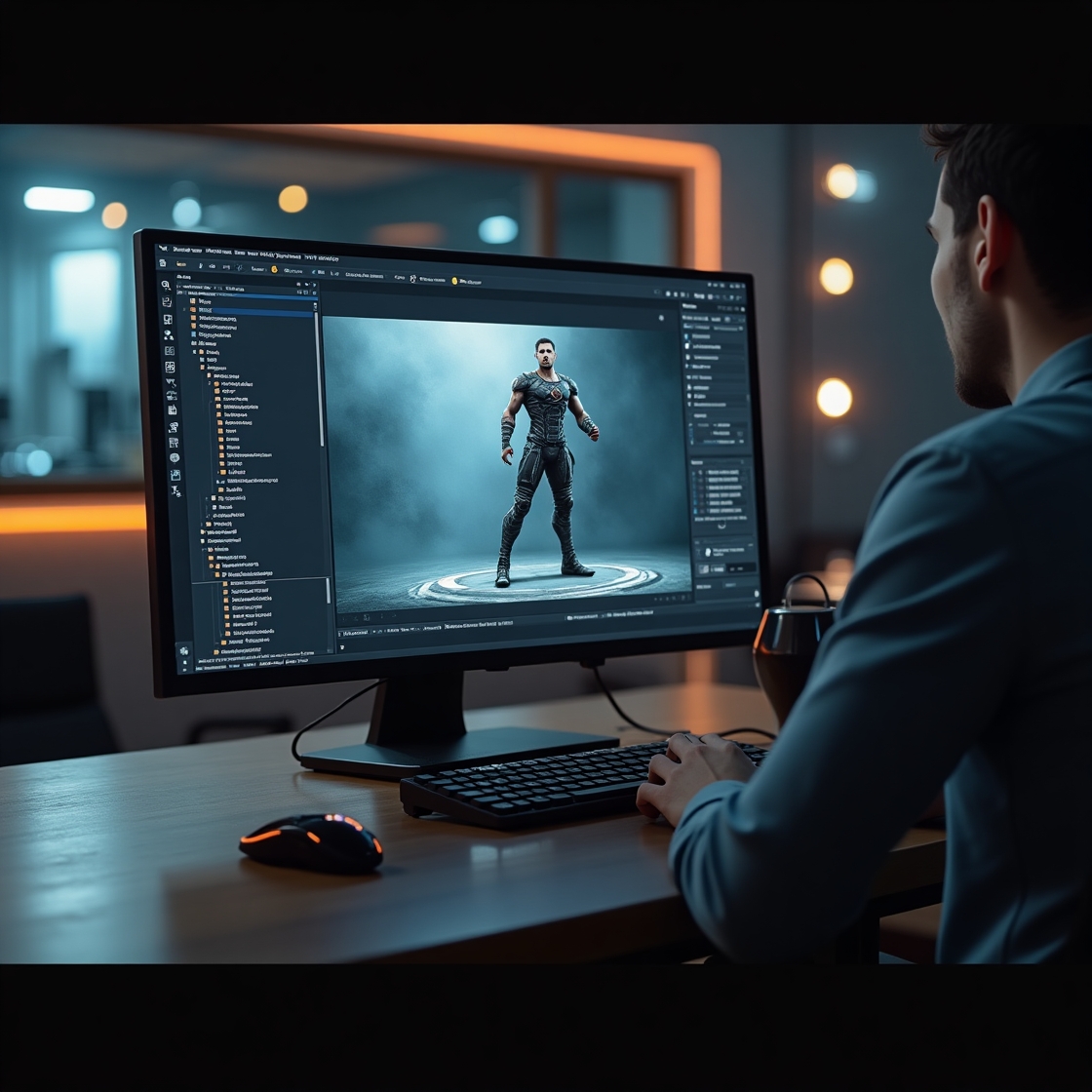Post-production in the video game industry is just as important and demanding as the main development process, with its own distinct stages. And it’s not only about finishing touches and fixes before release — modern games receive a lot of attention even after launch. Nowadays, developers rarely abandon their games after release: at the very least, hotfixes are released. Some games are even built entirely around post-release content support.
Let’s dive into these cases and the development stages in more detail.
Testing and Polishing
The game is ready: assets are in place, scripts are written, characters are voiced — is it time for release? Not quite. The team still needs to go through essential testing and polishing. The more complex the game, the higher the chance something could go wrong. Whether it’s a simple 2D puzzle platformer or a complex open-world RPG, a game-breaking bug can ruin the experience and quickly lead to scathing Steam reviews.
Often, a separate QA team is formed or even outsourced, depending on the scale. It’s crucial at this stage to prioritize which bugs must be fixed now and which can wait — time and resources before launch are limited!
If the main development is like laying the foundation and building the mechanisms, then polishing is about shaping the final product. This is also when the team reassesses certain game elements — and sometimes, with a heavy heart, cuts them out entirely. In some cases, features are postponed for future development.
Early Access
One of the key opportunities for testing and tweaking (especially promoted by Steam) is Early Access. Players can buy the game early, play it, and provide feedback. Developers are likely to listen and make changes.
However, Early Access isn’t a magic solution: usually, the game needs an existing community ready to engage and provide feedback. Many players still prefer to wait for a full release. Some games get stuck in Early Access because the developers aim to add too much content. Others abandon development entirely at this stage. But some teams make the most of Early Access — like Larian with Baldur’s Gate 3 or Supergiant Games with both parts of Hades. Feedback helped polish these games significantly!
Release
The moment of truth has arrived: the game is uploaded to digital platforms, physical copies hit the shelves (although physical distribution is declining). In the past, the team might celebrate and relax — today, it’s celebrate and keep working.
After release, the game gets a flood of attention from streamers, bloggers, journalists, and everyday gamers — and with that comes a massive wave of feedback. Maybe the game won’t launch on a certain PC configuration. Maybe it becomes unplayable due to a single wrong dialogue choice. Maybe characters fall through the map.
That’s right — the first weeks post-launch are hotfix season. Patches fix issues that somehow made it into the final build. Sometimes, entire game design decisions are re-evaluated (like a boss that’s unreasonably hard). Critical bugs are usually patched within days or weeks, but broader patch cycles can continue indefinitely.
Patch Support
When it comes to post-launch support, No Man’s Sky often comes to mind. At release, it was missing many promised features and was slammed by press and players. But the developers didn’t give up — they rolled out update after update. Over the years, it became packed with new content to explore.
A similar story happened with the legendary Cyberpunk 2077, which launched with countless bugs and optimization issues. It was even pulled from sale on PS4. But three years, numerous patches, and a major expansion later, it became a gold standard for open-world games in terms of production, graphics, and storytelling.
Post-Release Content Support
The modern lifecycle of a video game doesn’t end at launch. In fact, for many games, that’s when the real work begins — not just in patches and hotfixes, but in content updates.
Of course, ongoing content and balance adjustments are vital for multiplayer games. Competitive shooters release new maps, co-op games add new modes, and cosmetic items are constantly added.
Even for single-player games, there’s often a lot to do post-launch. Developers frequently bet on DLCs, scheduled for release after launch. These can range from minor additions (like the infamous paid horse armor DLC in The Elder Scrolls IV: Oblivion) to full-fledged content expansions with new quests, stories, and regions — like Shivering Isles, one of the best story-driven expansions ever.
A more recent example is the approach by Owlcat Games with Pathfinder and Rogue Trader, where DLCs were rolled out post-launch. This strategy encourages players to return to the game for new content. However, it can alienate part of the audience who prefer to get the full experience up front — ideally without bugs.
Then there’s a separate category: games-as-a-service. These are usually complex multiplayer projects — MMORPGs or online shooters with raids and missions. They offer a ton of content for new players, but if the game stagnates, veteran players drift away. Developers like miHoYo know this well — their action-RPGs follow an MMORPG-style update model: new characters, missions, worlds, and of course, new compelling stories.




